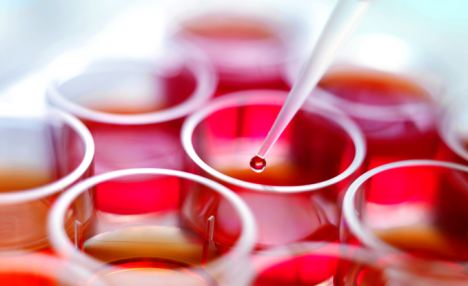Deep within the bone marrow resides a type of cells known as mesenchymal stem cells (MSCs). These immature cells can differentiate into cells that produce bone, cartilage, fat, or muscle – a trait that researchers have tried to exploit for tissue repair.
In an effort to make such therapies a reality, researchers at the Massachusetts Institute of Technology (MIT), alongside a team from the Singapore-MIT Alliance in Research and Technology (SMART), claim to have identified three physical characteristics of MSCs that can distinguish them from other immature cells found in the bone marrow.
Armed with this new information, it is thought the researchers could create devices that could rapidly isolate MSCs, making it easier to generate enough stem cells to treat patients.
Until now, separating MSCs from bone marrow cells that have already begun to differentiate into other cell types has proven difficult, which is why, scientists suggests, stem cell treatments are not as effective as they could be.
“Some of the cells that you’re ’putting in’ and calling stem cells are producing a beneficial therapeutic outcome, but many of the cells that you’re putting in are not,” said Krystyn Van Vliet, an MIT associate professor of materials science and senior study author.
“Our approach provides a way to purify or highly enrich for the stem cells in that population. You can now find the needles in the haystack and use them for human therapy,” Van Vliet said.
In order to test its initial theory that cellular size may be key to locating MSCs, the MIT team used a device that had previously been developed to capture circulating tumour cells based on their size.
After measuring several other physical traits, the researchers discovered two that could be combined with size to completely distinguish MSCs from other stem cells: stiffness of the cell, and the degree of fluctuation in the cell’s nuclear membrane.
“You don’t need more than these three, but you also can’t use fewer than these three,” Van Vliet said.
“We now have a triplet of characteristics that identifies populations of cells that are going to be multi-potent versus populations of cells that are only going to be able to become bone or cartilage cells.”
Initially, the MIT team tested the regenerative abilities of the isolated MSCs in mice and found that these cells could help repair both muscle and bone injuries.
The team is now working on high-speed methods for separating MSCs. Creating purer populations of these cells should lead to more effective stem-cell treatments for tissue injuries, the researchers said.
“We envision that this approach would also be important in the selection and purification of bone marrow-derived stem cells for tissue repair in human patients suffering from a range of tissue-degenerative diseases,” said W.C. Lee, a lead author on the study.
Agencies/Canadajournal
 Canada Journal – News of the World Articles and videos to bring you the biggest Canadian news stories from across the country every day
Canada Journal – News of the World Articles and videos to bring you the biggest Canadian news stories from across the country every day



